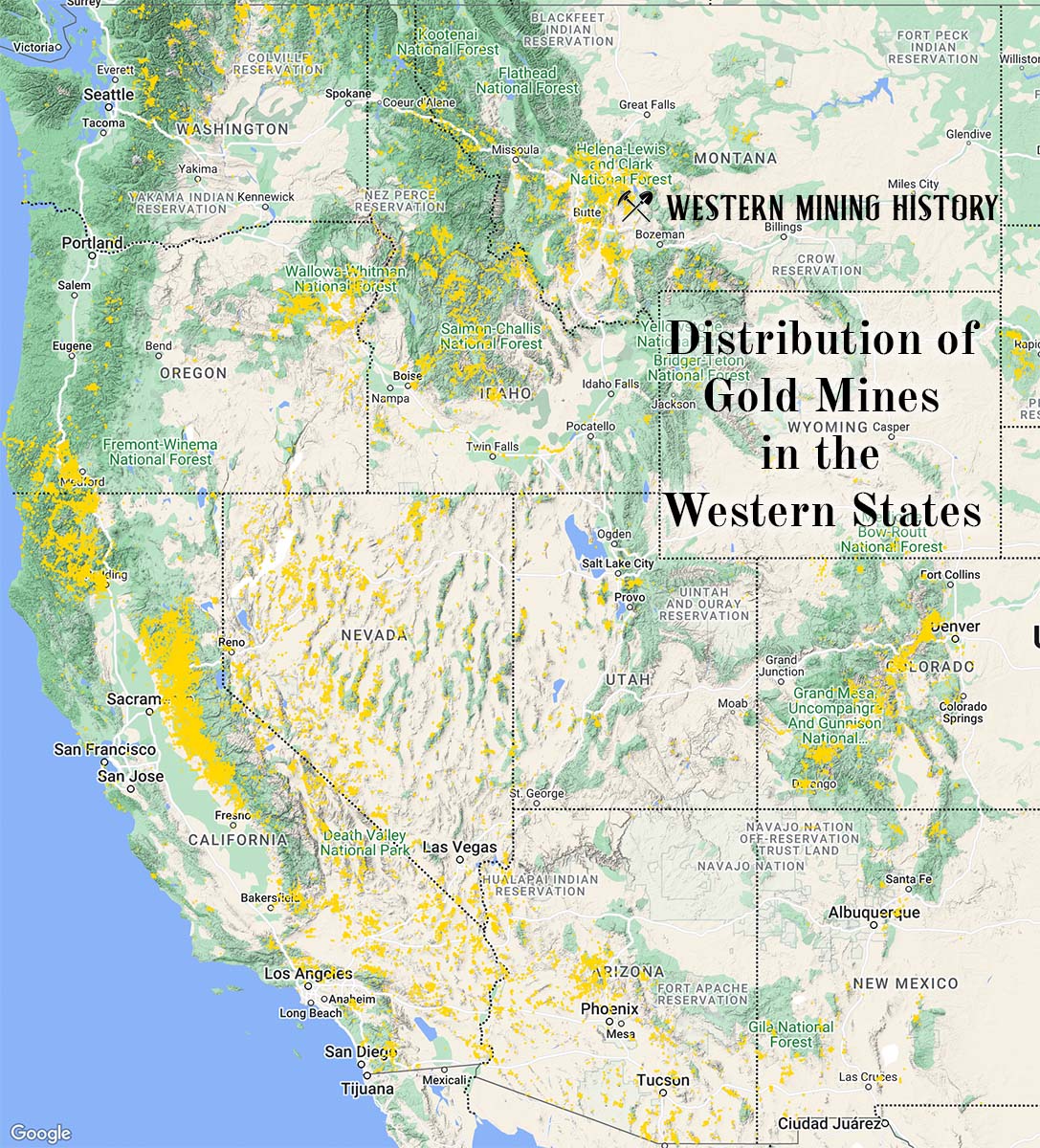The Mesa Top Mine is a uranium and vanadium mine located in McKinley county, New Mexico at an elevation of 7,119 feet.
About the MRDS Data:
All mine locations were obtained from the USGS Mineral Resources Data System. The locations and other information in this database have not been verified for accuracy. It should be assumed that all mines are on private property.
Mine Info
Elevation: 7,119 Feet (2,170 Meters)
Commodity: Uranium, Vanadium
Lat, Long: 35.34167, -107.81667
Map: View on Google Maps
Mesa Top Mine MRDS details
Site Name
Primary: Mesa Top Mine
Secondary: Mine: Mesa Top No.5
Secondary: Mesa Top No.18 and 20
Secondary: Mesa Top No.7
Secondary: Moe
Secondary: Davenport
Commodity
Primary: Uranium
Primary: Vanadium
Tertiary: Molybdenum
Location
State: New Mexico
County: McKinley
District: Grants Uranium District: Ambrosia Lake Subdistrict
Land Status
Land ownership: BLM Administrative Area
Note: the land ownership field only identifies whether the area the mine is in is generally on public lands like Forest Service or BLM land, or if it is in an area that is generally private property. It does not definitively identify property status, nor does it indicate claim status or whether an area is open to prospecting. Always respect private property.
Holdings
Not available
Workings
Not available
Ownership
Owner Name: E. P. Moe Mining Co., Ltd.
Home Office: Grants, N.M.
Years: 1968 -
Production
Year: 1968
Time Period: 1954 To 1968
Description: Cp_Grade: ^0.24 Percent U308
Deposit
Record Type: Site
Operation Category: Past Producer
Deposit Type: Stratiform
Operation Type: Unknown
Year First Production: 1954
Year Last Production: 1968
Discovery Year: 1953
Discovery Method: Ore-Mineral In Place
Years of Production:
Organization:
Significant: N
Deposit Size: M
Physiography
General Physiographic Area: Intermontane Plateaus
Physiographic Province: Colorado Plateaus
Physiographic Section: Datil Section
Mineral Deposit Model
Not available
Orebody
Form: TABULAR
Structure
Type: R
Description: San Mateo Fault
Alterations
Not available
Rocks
Name: Sandstone
Role: Host
Age Type: Host Rock Unit
Age Young: Late Jurassic
Name: Sandstone
Role: Host
Age Type: Host Rock
Age Young: Late Jurassic
Analytical Data
Not available
Materials
Ore: Coffinite
Ore: Ilsemannite
Ore: Carnotite
Comments
Comment (Workings): WORKINGS CONSIST OF OPEN STOPES AND RANDOM PILLARS WITH A 200-FT 45-DEGREE DECLINE SHAFT. THERE ARE TWO ADDITIONAL SHAFTS ON THE PROPERTY
Comment (Geology): THE DEPOSIT OCCURS IN THE POISON CANYON SANDSTONE OF THE BRUSHY BASIN MEMBER OF THE MORRISON FORMATION.
Comment (Location): LOCATION IS ACCURATE FOR THE MESA TOP SHAFT. ; INFO FROM LAND.ST :1979
Comment (Production): PRODUCTION TOTALLED 108,261 TONS OF ORE.
Comment (Deposit): THE ORE OCCURS IN IRREGULAR, TABULAR DEPOSITS CONSISTING OF OXIDIZED, REDISTRIBUTED MATERIAL.
References
Reference (Deposit): NMBMMR GENERAL FILE DATA
Reference (Deposit): RAPAPORT, I., 1963, NMBMMR MEM 15, P. 126-129
Reference (Deposit): HILPERT, L.S., 1969, USGS PP 603, P. 34
Reference (Deposit): MCLEMORE, V.T., 1983, NMBMMR OFR-183, APPENDIX 1
The Top Ten Gold Producing States

These ten states contributed the most to the gold production that built the West from 1848 through the 1930s. The Top Ten Gold Producing States.